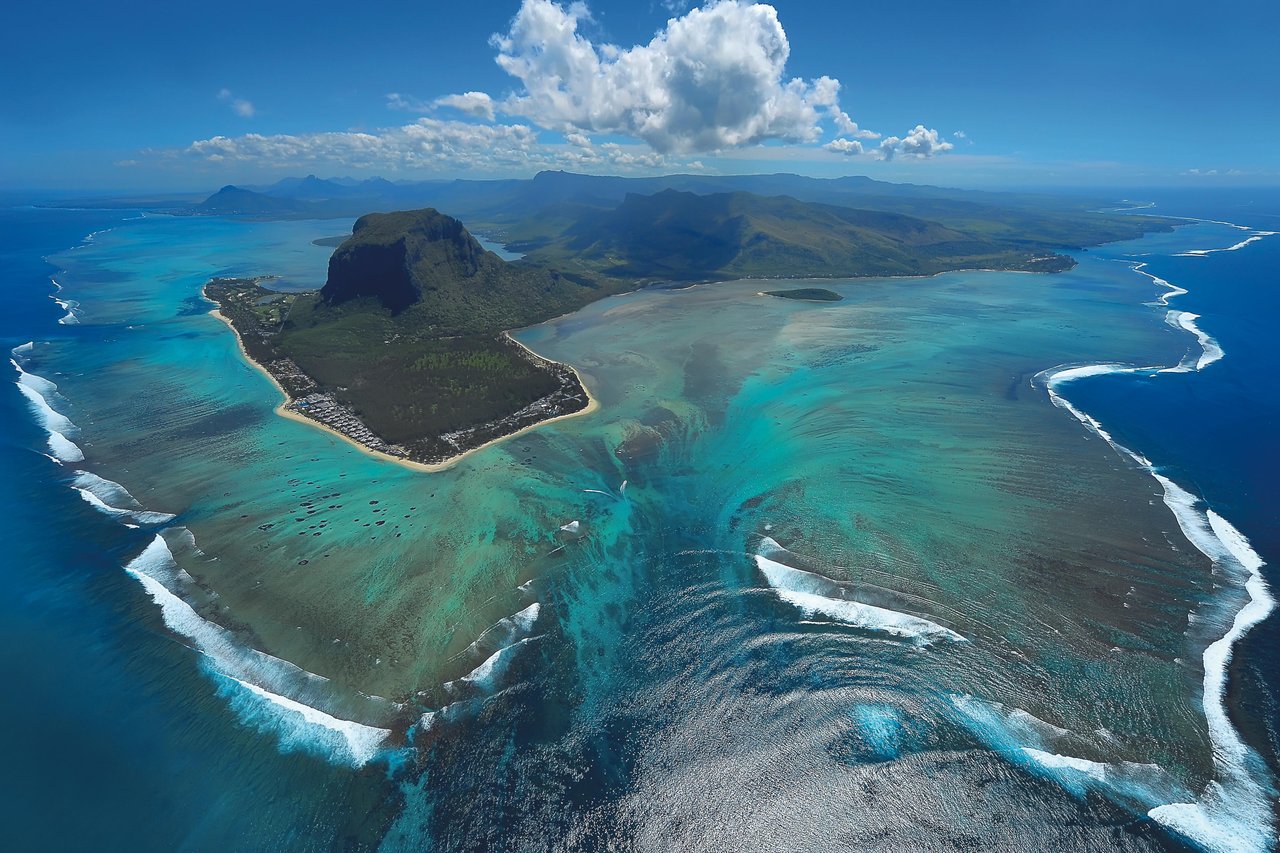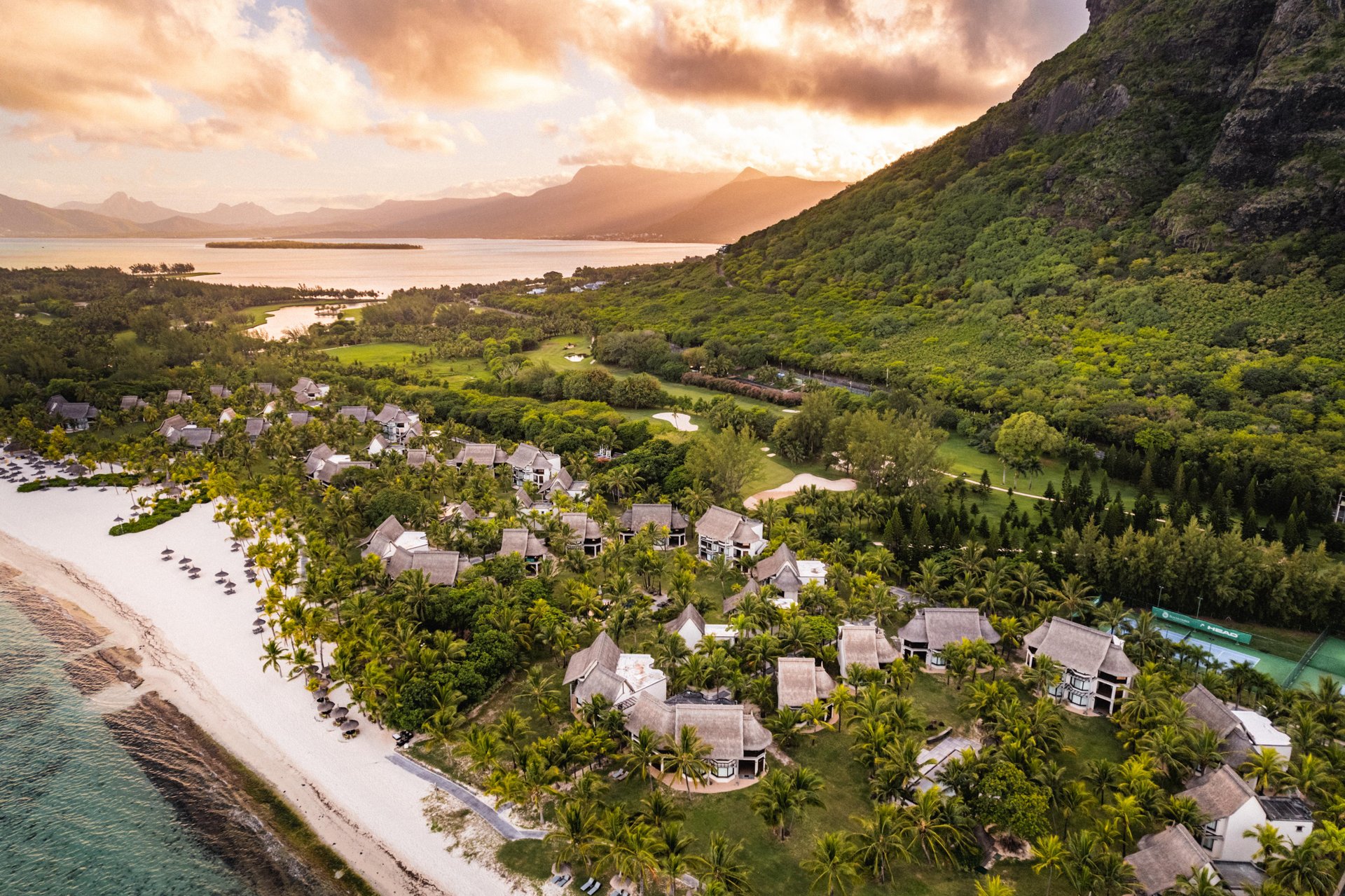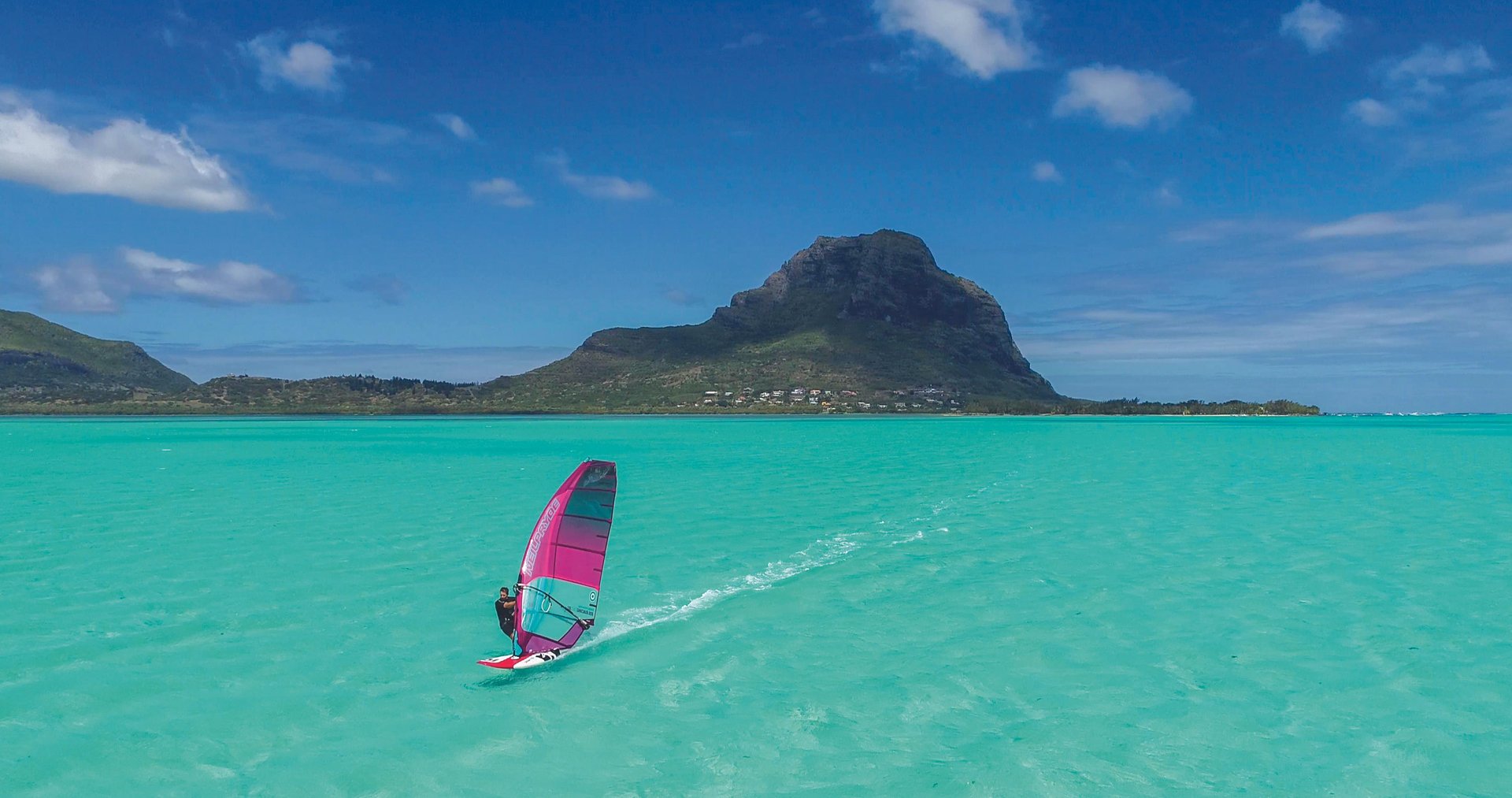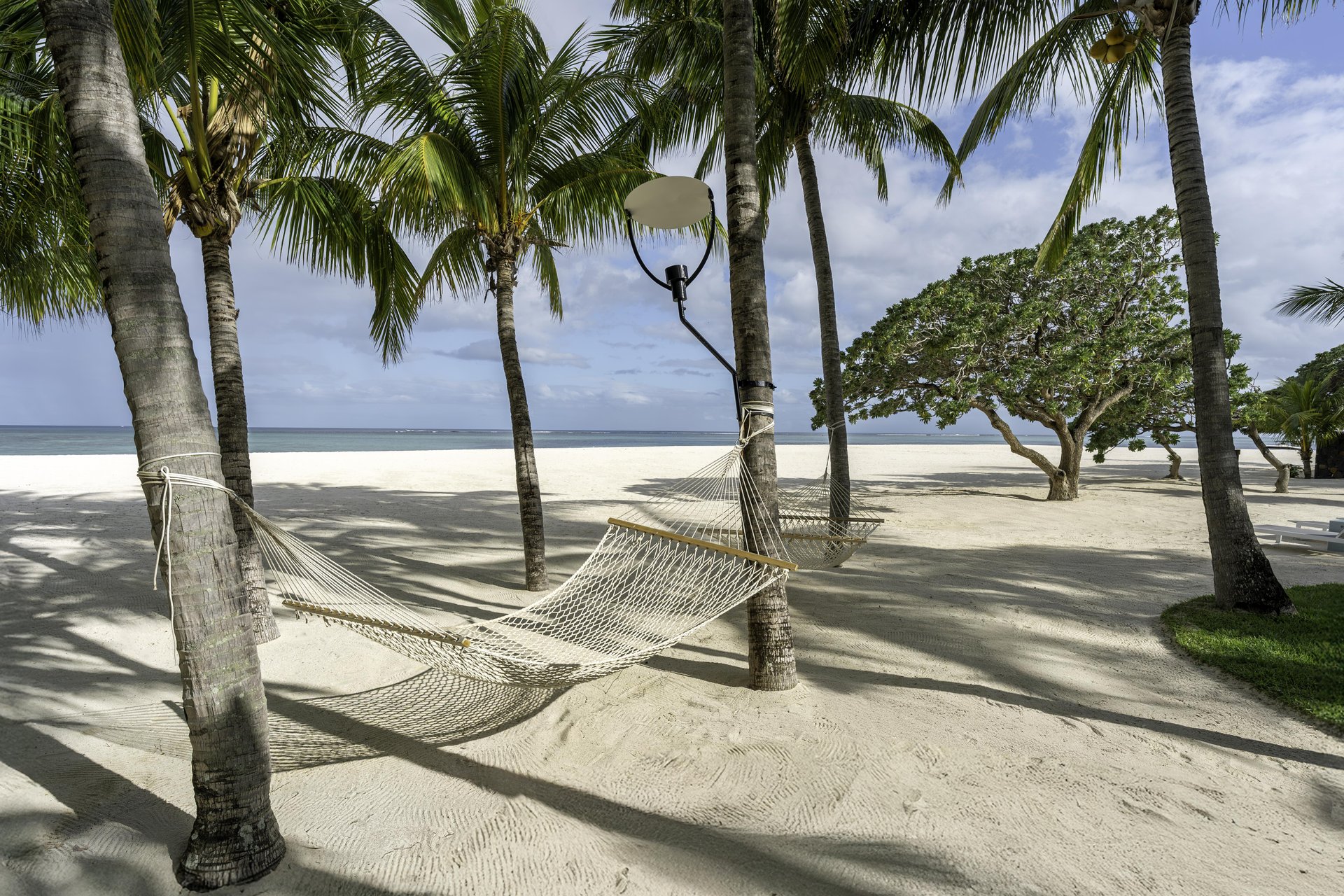A spectacular optical illusion in Mauritius, Hike Lemorne





Le Morne Brabant
World Heritage Site: Walk a trail recognised by UNESCO for its cultural and natural significance.
Breathtaking Views: Climb through forest paths to sweeping panoramas over lagoons and coral reefs.
Sacred History: Learn the story of enslaved people who sought refuge here, making it a place of resilience and remembrance.
Guided Safely: Accompanied by local experts who know the trails, flora, and history of the mountain.
Rewarding Summit: A sense of achievement, framed by turquoise waters and endless sky.
Le Morne is more than a hike , it is a pilgrimage. As you follow the winding path, you step into both wilderness and history. Birds call through the forests, and every pause opens a new view of reef and ocean. Yet this beauty carries weight: the summit was once a refuge for enslaved people, and standing here is to feel both sorrow and strength in the same breath.
We recommend setting aside half a day for the hike, ideally starting at sunrise to avoid the heat and to enjoy the soft morning light at the summit.
This experience pairs beautifully with a day at sea , snorkelling on the west coast, or a quiet beach afternoon to reflect after the climb.
Every journey in Mauritius can be luxurious, but Le Morne remains grounding: a reminder that landscapes are not only about beauty, but about the stories they hold.
How many nights?
Climb Le Morne for the island’s most iconic view, the illusion of an underwater waterfall spilling into the Indian Ocean. Balance the adventure with a catamaran day, or linger a week to explore the north coast.
Recommended stay: minimum 7 days.
When to go:
The best time to climb Le Morne and sail the Indian Ocean is during the dry, cooler months from May to October. Clear skies and calmer seas make for the best views and smooth catamaran days. In the hotter, wetter summer, trails may be slippery and the sea more restless.
Our recommended pairings:
A climb up Le Morne pairs beautifully with a catamaran day on the Indian Ocean. Add cultural depth with a visit to the temple at Grand Bassin, try stand-up paddle boarding in quiet lagoons, hike in Black River Gorges, and step into the Ebony Forest Reserve at Chamarel — a sanctuary of ancient ebony giants and rare endemic birds found nowhere else.

